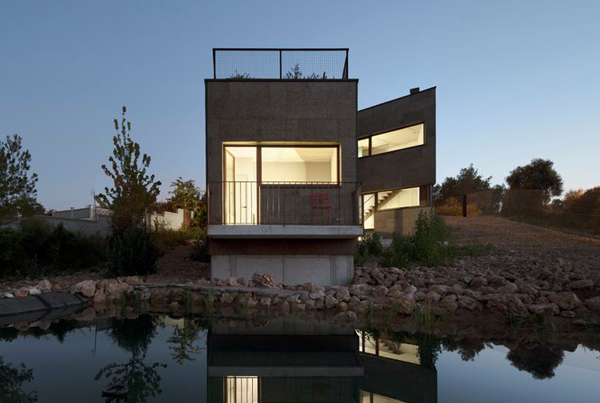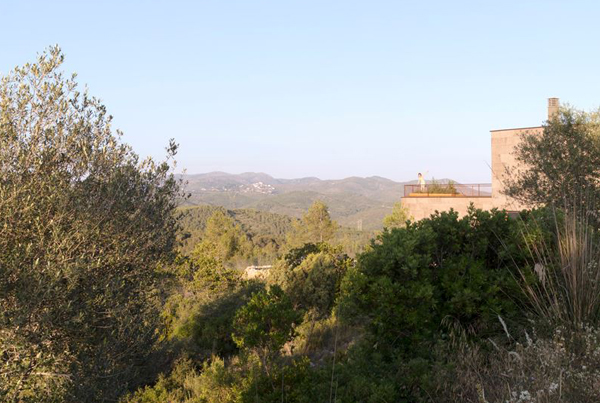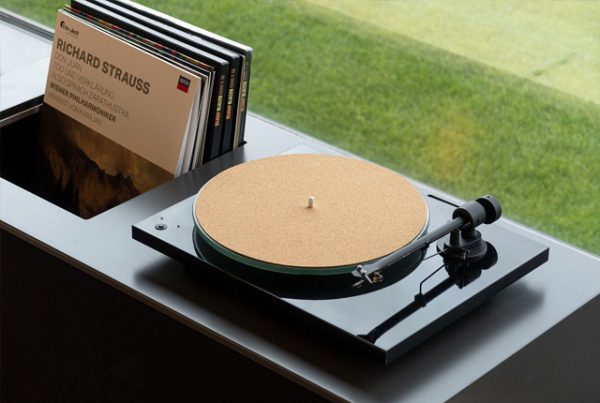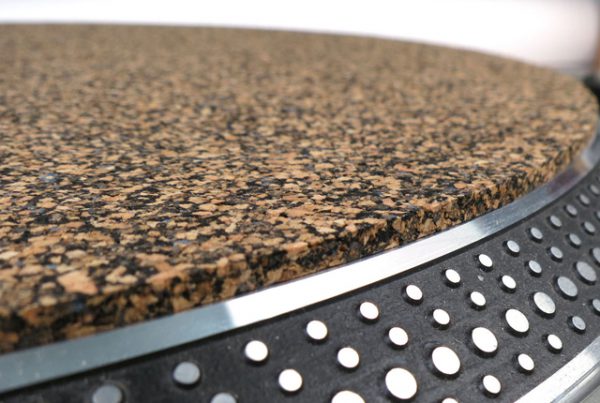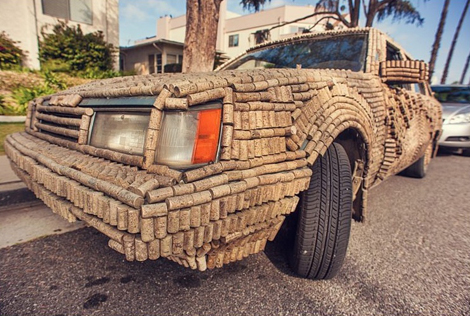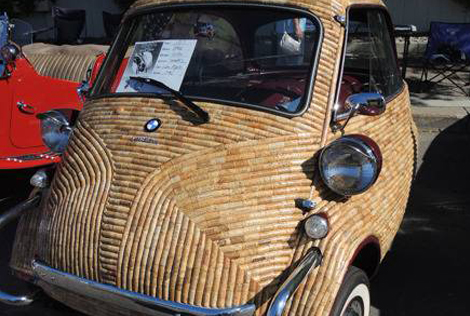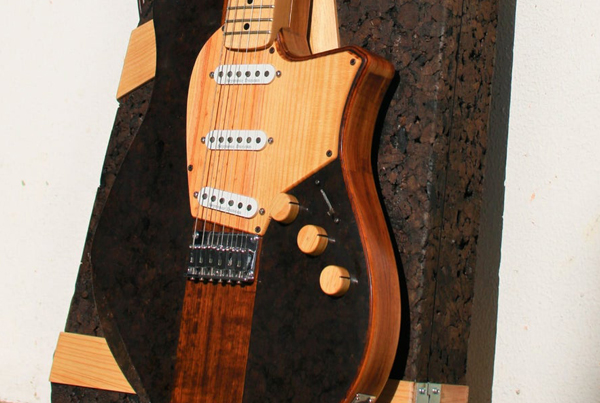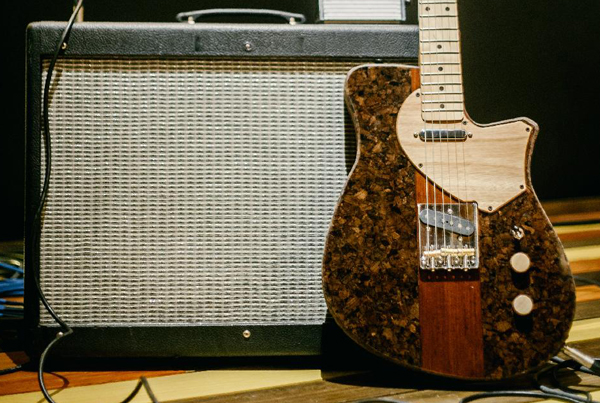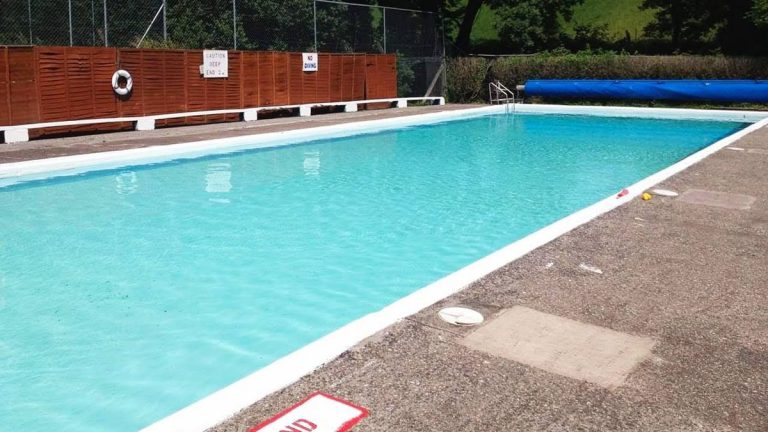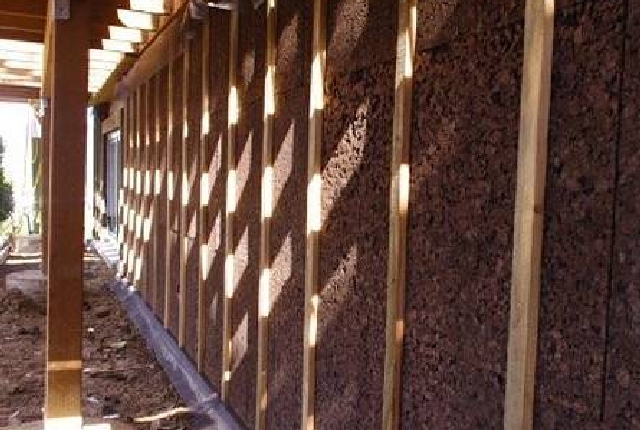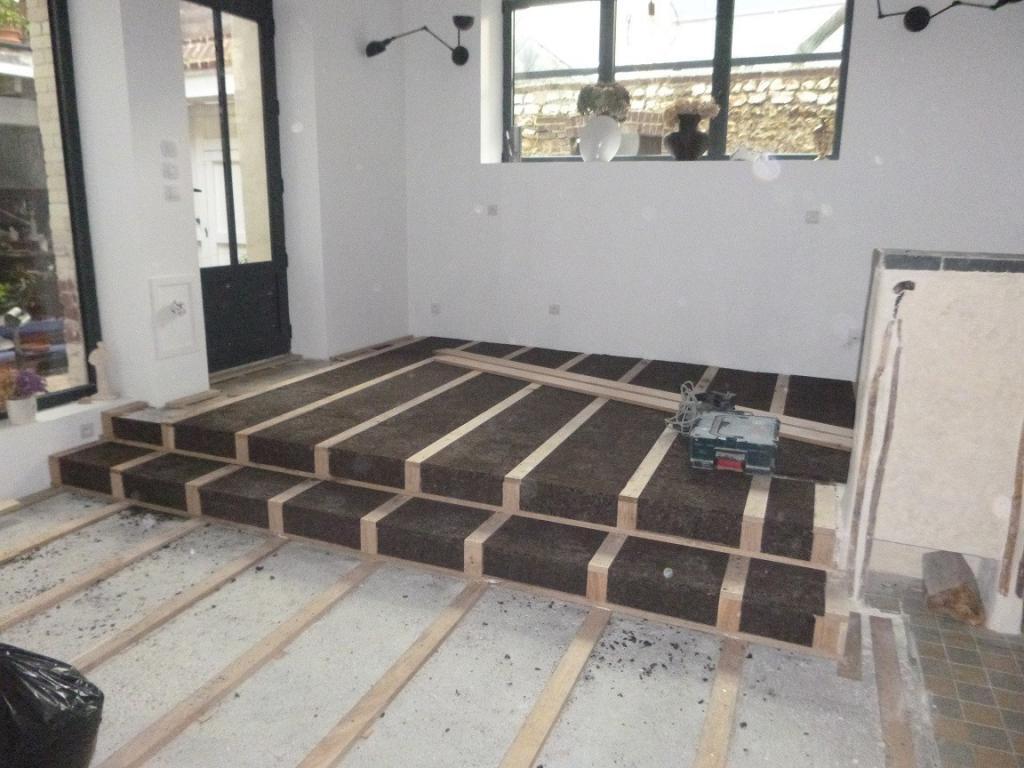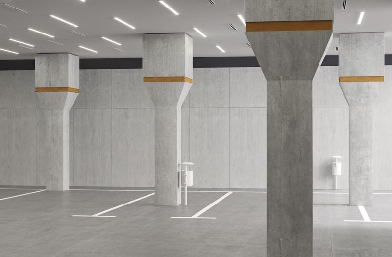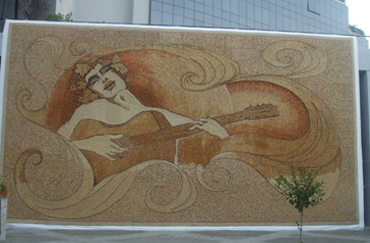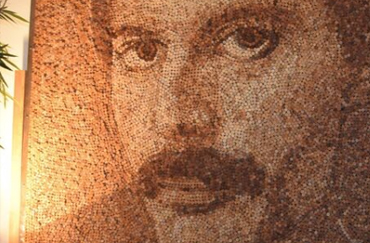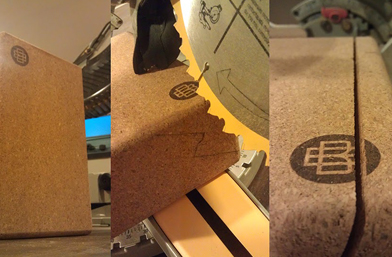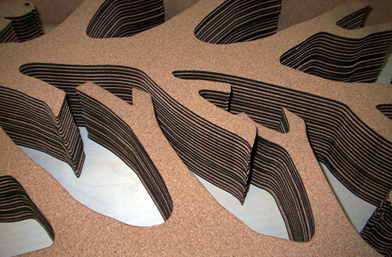Wood stove with natural cork casing
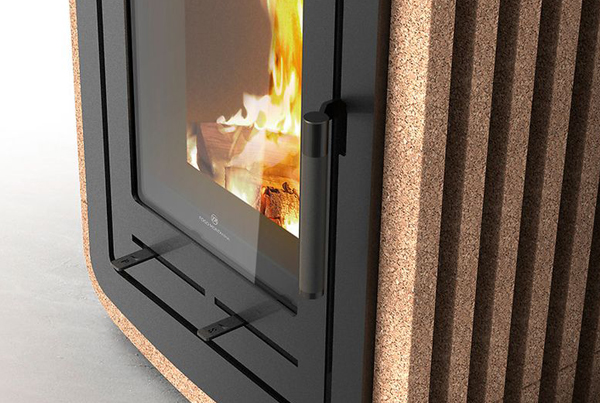
Wood stove with natural cork casing – Natura is an award-winning wood-burning stove designed by Portuguese design studio Inngage.
https://www.inngage.pt/project/natura/
The structure gives a unique character thanks to the cork outer layer.
Natura is a wood stove designed for Fogo Montanha.
https://www.fogo-montanha.com/
Its projectants design it to give an industrial product a more natural feel. The idea of using cork as the main cladding material arose from the desire to give the user a tactile experience. Thus it gives a better sense of heat.

Following the philosophy of simple construction, the stove body is from steel. Cork profiles are laid on and fixed to its structure. These profiles are separated from the steel structure. It prevents the cork from darkening over time.
Wood stove with natural cork casing manufactured from modular cork profiles, it resembles vintage radiators. At the same time this material reinforces safety by allowing users to safely touch and feel the wood stove. It makes this equipment suitable for any room in the home.

Nature as a research project is over two years old. The relationship between the cork and the combustion chamber has been studied and improved. That ensures proper air circulation, ease of installation. This ensures also user safety when interacting with the wood stove through rigorous use tests.


